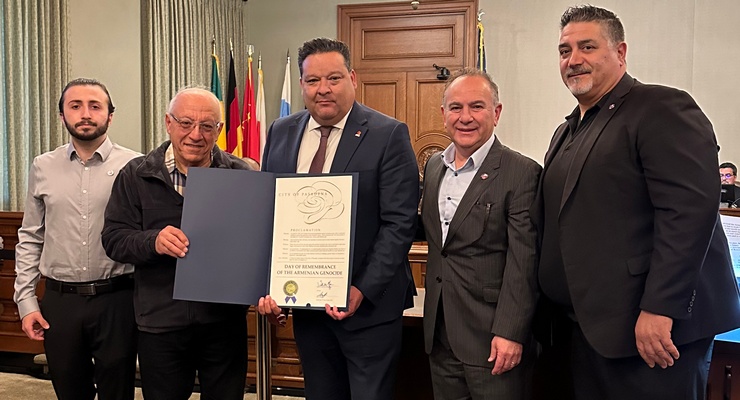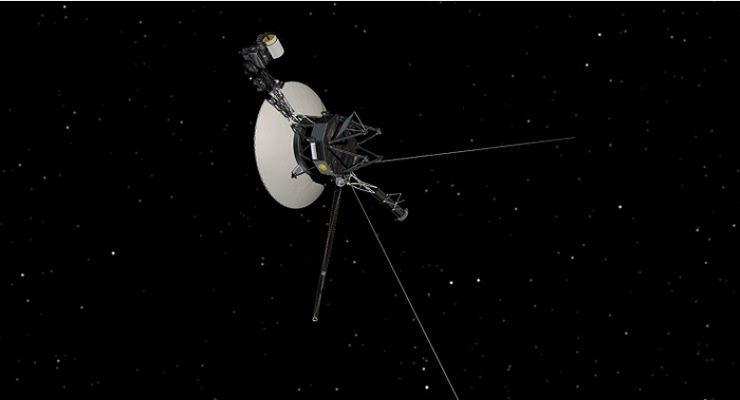
Friday marked 44 years since NASA’s Voyager 2 spacecraft launched on a voyage that would ultimately take it into farthest reaches of the solar system, and the enduring explorer continues to send back science to researchers on Earth.
The spacecraft, along with its twin, Voyager 1, was launched in 1977 to conduct a tour of the solar system’s outer planets and expand human understanding of our celestial neighbors.
Both probes completed their planetary studies and were then directed to become the first spacecraft to venture out into interstellar space, according to JPL spokeswoman Calla Cofield. Voyager 2 made its Neptune flyby on Aug. 25, 1989.
OTD, 20 August 1977 – launch date for Voyager 2. I was launched into Low Earth Orbit 44 years ago today from Cape Canaveral Air Force Station's Launch Complex 41 aboard a Titan IIIE rocket and then from LEO to a Jupiter transfer orbit using a Centaur D booster. pic.twitter.com/bNMSJ8XNWr
— NSFVoyager2 (@NSFVoyager2) August 20, 2021
“After their last planetary encounters, respectively, NASA began the Voyager Interstellar Mission,” Cofield explained. “It’s goal was to see if the Voyagers could exit the heliosphere, which is a protective bubble of particles, radiation and magnetic fields created by the Sun.”
“Voyager 1 exited in 2012 and Voyager 2 exited in 2018,” Cofield said. Since the probes were headed in different directions, they exited the heliosphere at different spots.”
“Both Voyagers are still working and, importantly, still doing science,” she said. “The probes are still teaching scientists about our Sun and its interaction with interstellar space.”
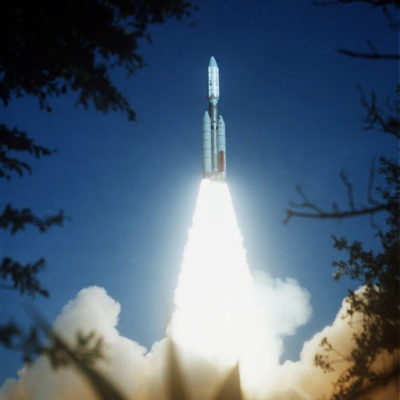
Although deep space is largely a vacuum, it contains tiny amounts of plasma and particles known as the interstellar medium, or “the ocean that connects us to other star systems,” according to Cofield.
The Voyagers continue teaching scientists more about the region to this day and have informed subsequent missions of exploration, explained Linda Spilker, deputy project scientist for Voyager and former project scientist for the Cassini mission to Saturn.
“Data from the Voyager 2 Saturn flyby provided key information for the development of instruments and science goals for the Cassini orbiter mission that circled Saturn for 13 years, starting in 2004,” she said. “Voyager 2 data, in conjunction with Cassini data, provided a multi-decade temporal view of Saturn, rings and Titan.”
In the coming 5 to 10 years, the spacecraft will continue sending back data on how far into the interstellar medium the Sun’s influence extents, how changes in the solar cycle affect the physics of the very local interstellar medium and how particles and fields in the very local interstellar medium change in relation to distance from the Sun, she said.
After losing contact with Voyager 2 for nearly eight months, an upgraded antenna system on Earth allowed scientists to re-establish contact last year, JPL said at the time.
“As for what’s kept them going, I’d say the biggest thing is an amazing and dedicated engineering team,” Cofield said. “The probes are powered by radio thermal generators and have enough power to potentially keep operating until the end of this decade.”
Even once they can no longer function, both Voyagers will continue to silently travel deeper into the unknown. And each carries a special gold record containing a message meant to provide some information about Earth and its inhabitants to any extraterrestrials who may come across them in the future.
More information on Voyager 2, including the probe’s current position in space, can be found online at https://solarsystem.nasa.gov/missions/voyager-2/in-depth.
Related:
JPL Re-Establishes Contact With Voyager 2 Probe Amid Radio Antenna Upgrade






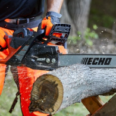





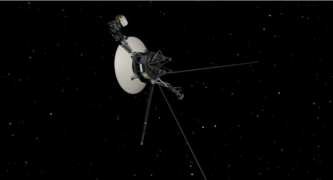

 0 comments
0 comments

